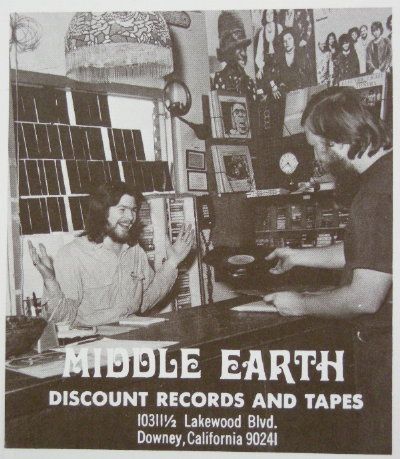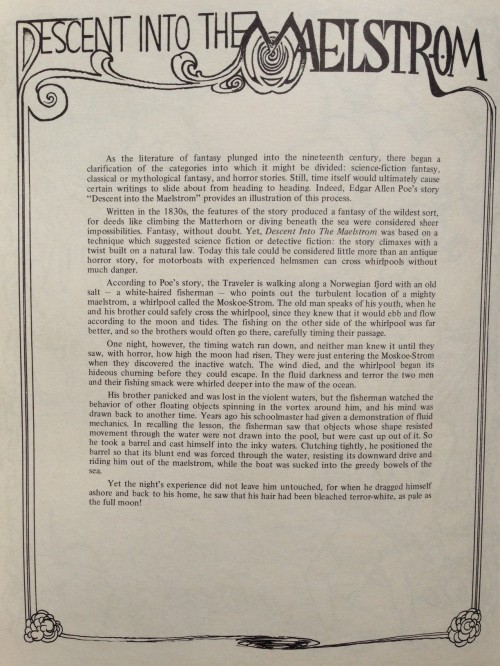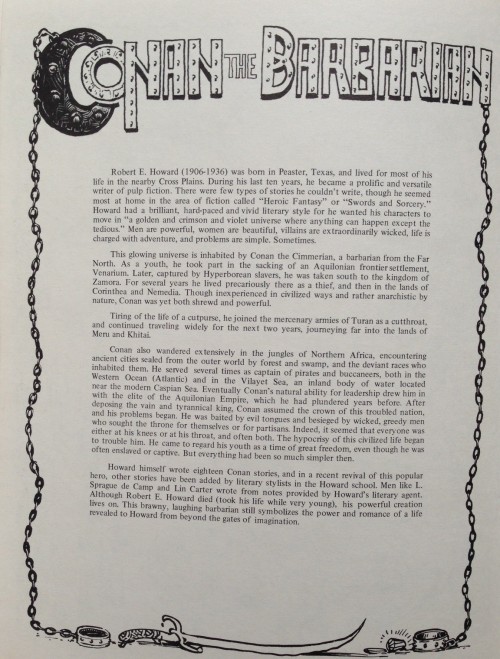Gandalf’s Garden was a shop and mystical community in Chelsea, London, that was active between 1969 and 1972. Founded by Muz Murray (a.k.a. Ramana Baba), now a “world renowned Mystic and Mantra Yoga Master,” the community downplayed psychedelics, instead embracing meditation, yoga, and various Eastern religious practices. A magazine of the same name was produced by Murray, Jaya Amler, and friends, running to six issues. Here’s a section of the introductory manifesto from the first issue:
Gandalf the White Wizard from the trilogy of THE LORD OF THE RINGS, by J.R.R. Tolkien, is fast becoming absorbed in the youthful world spirit as the mythological hero of the age, as graven an image on the eternal psyche as Merlin of the Arthurian legends. In the land of Middle Earth under threat of engulfment by the dark powers, Gandalf unites the differing races, mistrustful of each other through lack of understanding and communication, in a final effort to save the world. The crusader spirit in Gandalf is echoed in the cry of the Now Generation seeking an Alternative to the destructive forces of today’s world, by spreading human love and aid, for the unity of all the peoples of the Earth.
GANDALF’S GARDEN grows in that same spirit. For GANDALF’S GARDEN is the magical garden of our inner worlds, overgrowing into the world of manifestation. GANDALF’S GARDEN is soulflow from the pens of creators – mystics, writers, artists, diggers, delvers and poets. A wellspring of love and anguish that those with searching thirsts may drink thereof. As in the Stone Gardens of the Orient, where Soul Wizards sit within the stimulus of their own silences, contemplating the smoothness of the million pebbles, so should we seek to stimulate our own inner gardens if we are to save our Earth and ourselves from engulfment.
You can read more about Gandalf’s Garden, and thumb through the magazines, at the tribute site maintained by two original “gardeners,” Rosemary and Darroll Pardoe. All of the photos except the first one were taken by Colin Bord.
And there’s a short video “capturing a gathering of ‘heads’ outside Gandalf’s Garden” here. The video was shot on July 5, 1969, the day the Rolling Stones played the free show in Hyde Park.
(Images via Pardoes, Pinterest, and The Library Time Machine)


















































